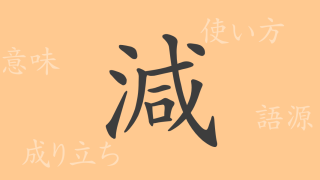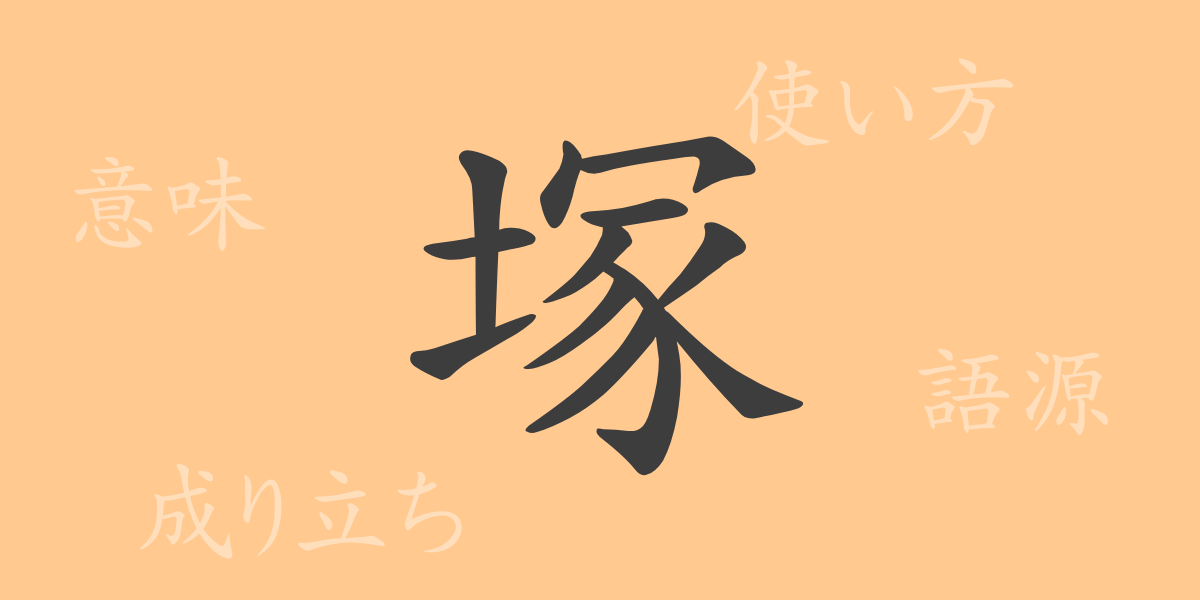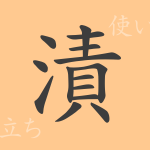In the vast array of kanji used in Japanese literature, ‘塚(ツカ)’ stands out as a character deeply rooted in history. This kanji, which signifies ancient mounds and graves, is intricately woven into Japan’s landscapes and culture. This article explores the origin, meanings, and uses of ‘塚’, from its formation to its pronunciation, stroke count, and its appearance in idioms and phrases.
Origins of ‘塚(ツカ)’
The origin of the kanji ‘塚’ dates back to ancient times, used to denote man-made mounds or ancient tombs. In ancient China, these mounds were called ‘冢’, which was later adopted into Japanese as ‘塚’. The character combines ‘土’ (earth) with ‘冢’, reflecting its meaning of burial mounds.
Meaning and Usage of ‘塚(ツカ)’
‘塚’ generally signifies a small raised mound of earth. It specifically refers to ancient tombs and grave sites in Japan, where mounds have traditionally been constructed to commemorate the deceased, including fallen warriors. Metaphorically, it can also represent any piled-up or mound-like structure.
Pronunciation, Stroke Count, and Radical of ‘塚(ツカ)’
The kanji ‘塚’ encompasses significant historical and structural details:
- Pronunciation: The on’yomi (Sino-Japanese reading) is ‘チョウ’, while the kun’yomi (native Japanese reading) is ‘つか’.
- Stroke Count: Comprised of 12 strokes.
- Radical: Its radical is ‘土’, categorizing it under earth-related kanji.
Idioms, Phrases, and Proverbs Using ‘塚(ツカ)’ and Their Meanings
‘塚’ appears in various idioms and phrases, each imbued with significant meanings:
- 墓穴を掘る (ぼけつをほる) – Literally ‘digging one’s own grave’, meaning to perform actions that lead to one’s own future disadvantage.
- 一つの塚から二羽の兎を得る (ひとつのつかからにわのうさぎをえる) – ‘To catch two rabbits from one mound’, akin to ‘killing two birds with one stone’, meaning to gain two benefits from one action.
Conclusion on ‘塚(ツカ)’
The kanji ‘塚’ transcends its role as a mere character by reflecting the historical, cultural, and emotional landscape of Japan. These mounds, whether as physical tombs or metaphorical piles, continue to dot our landscapes, preserving the memories of our ancestors. Visiting these mounds is not only a homage to the past but an encounter with a part of history.

























